The Philips Hue Play Lightbar may have been around for a few years, but it is still one of Philips Hue’s bestsellers. No wonder, because the compact mood light can be flexibly placed, screwed on or glued on.
However, Philips Hue does not seem to be running smoothly at the moment, even in the Hueblog community there have been repeated reports about beeping Play Lightbars. Especially with white light settings, which are particularly energy-hungry, a noise is perceptible for many users.
However, how many are there actually? I myself have two Play Lightbars in use and have not noticed any problems so far. How does it look for you?
Support is aware of the issue
Apparently, Philips Hue has already been informed about the situation, at least their support team has provided the relevant information. A Hueblog reader was told the following:
“At the moment Play Lightbars are known to make noise, we are analysing the case, which means we have to develop a new product, redesign and manufacture it, which may take a few months.”
A typical support statement, which unfortunately I don’t have any further details on at the moment. But if there is any news, I will definitely get back to you.
Note: This article contains affiliate links. We receive a commission for purchases via these links, which we use to finance this blog. The purchase price remains unchanged for you.


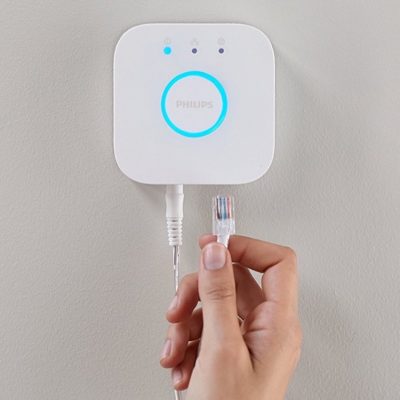
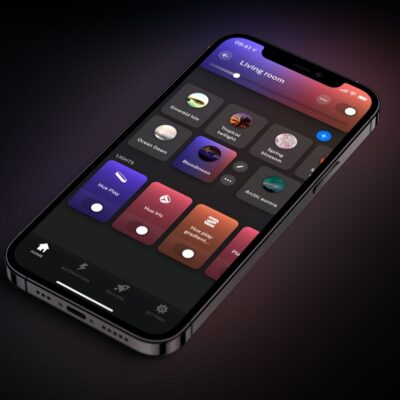
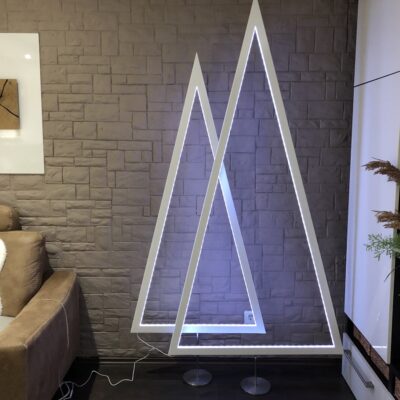
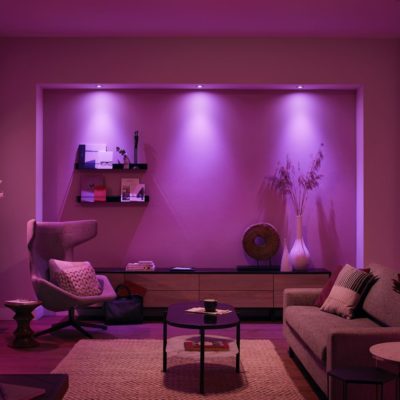
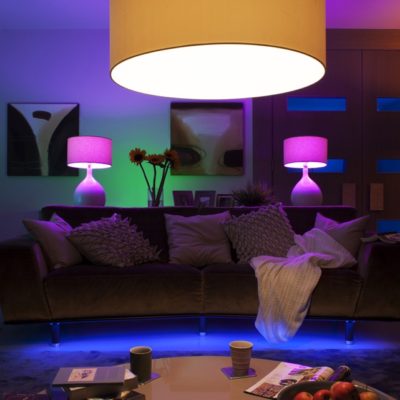

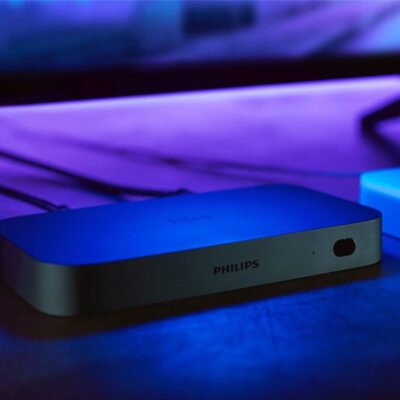

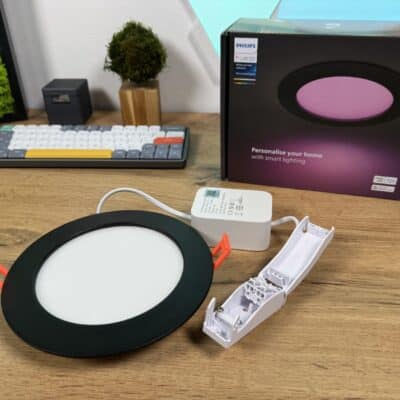
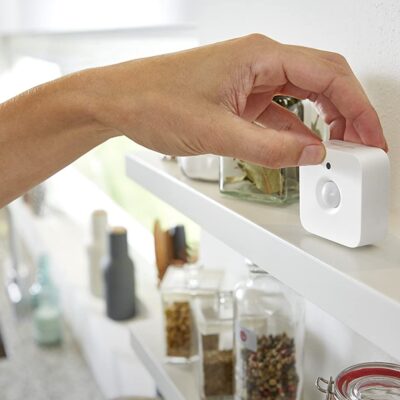
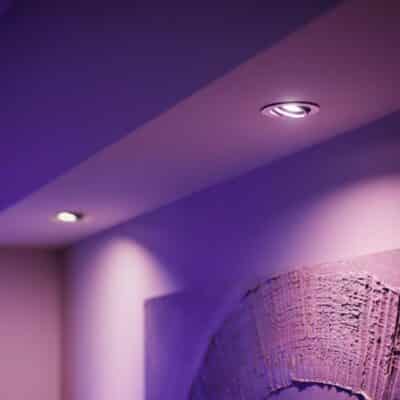
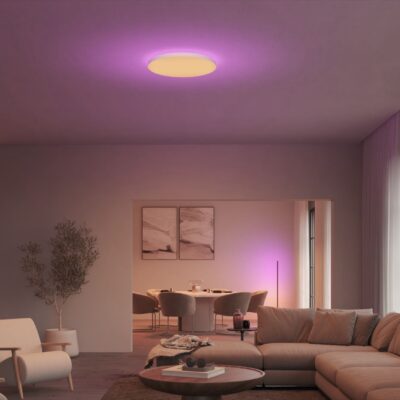

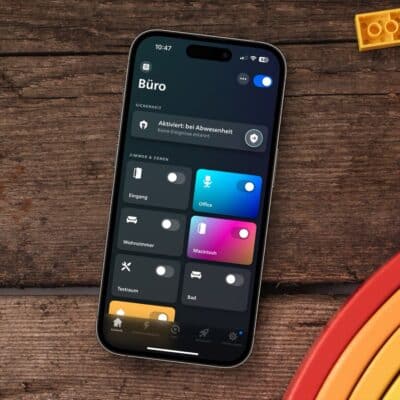
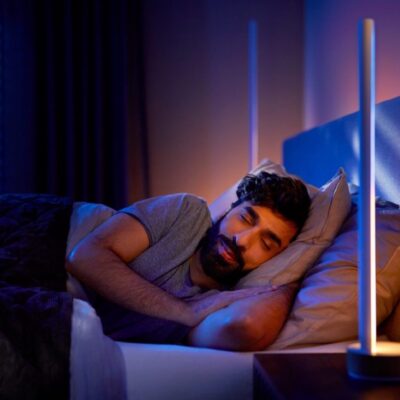
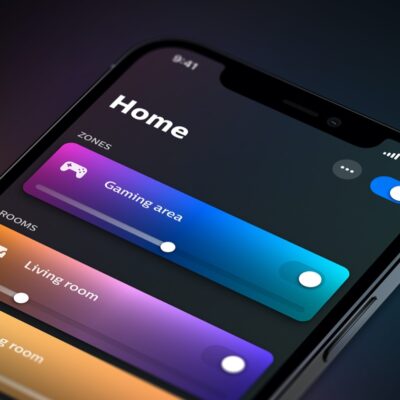
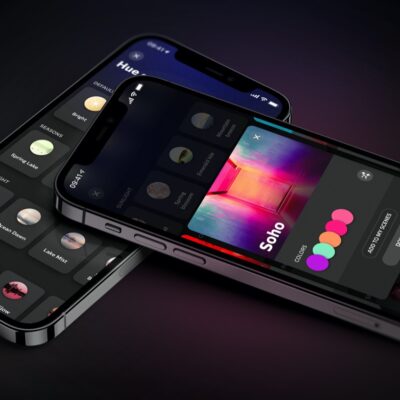

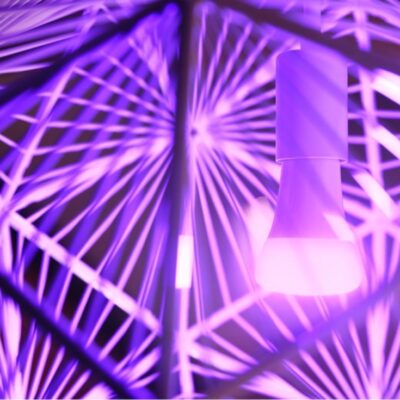
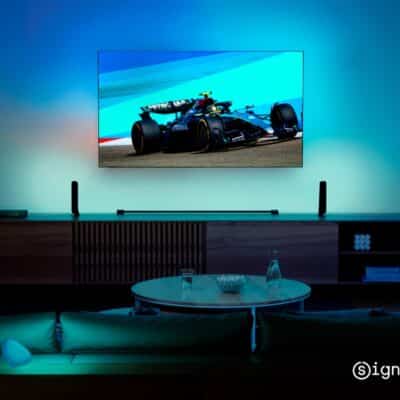
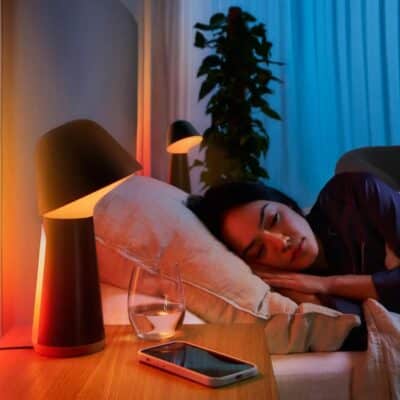
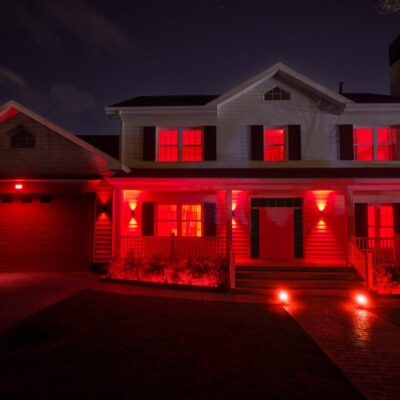

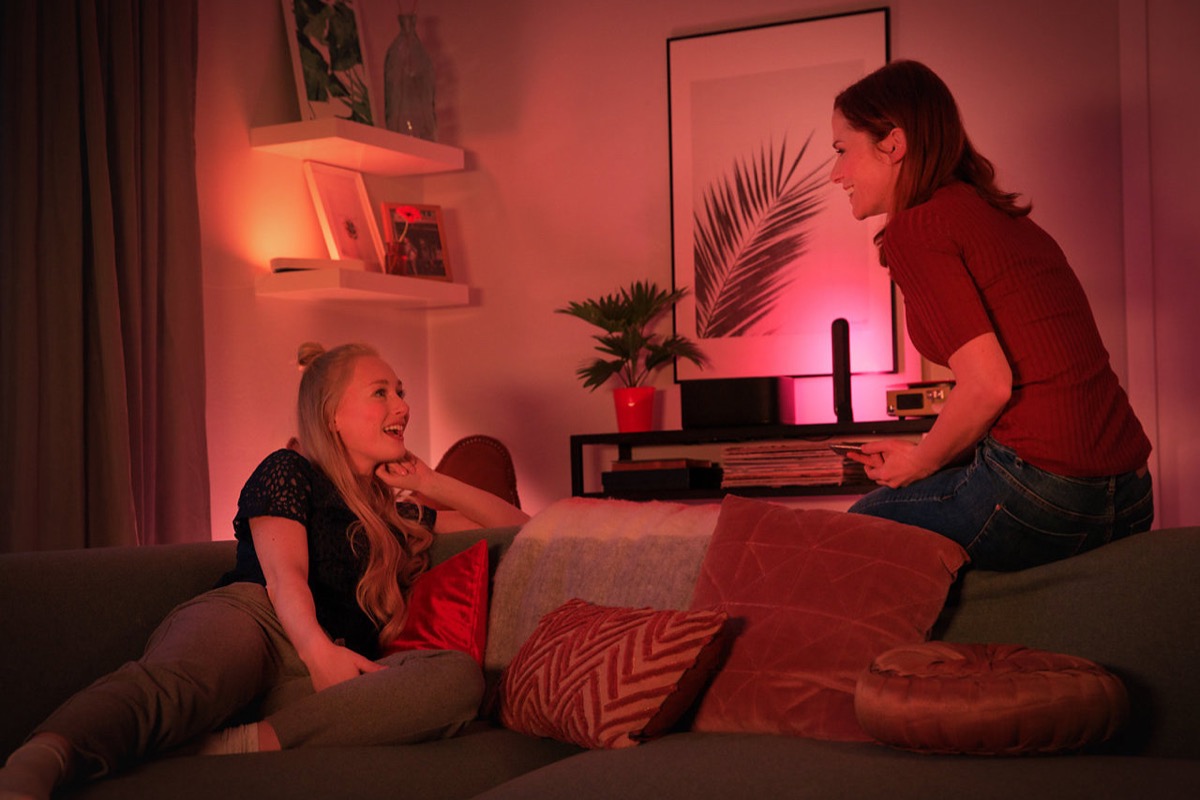
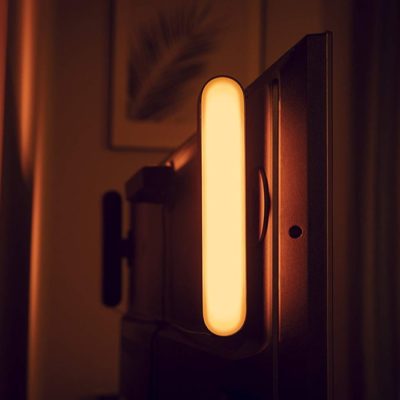
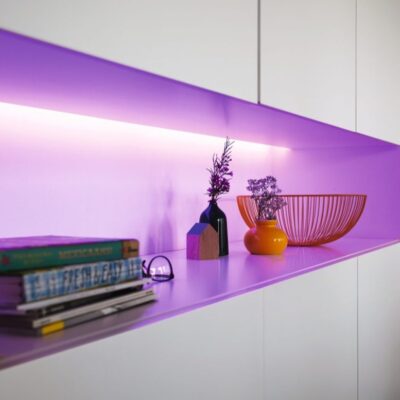
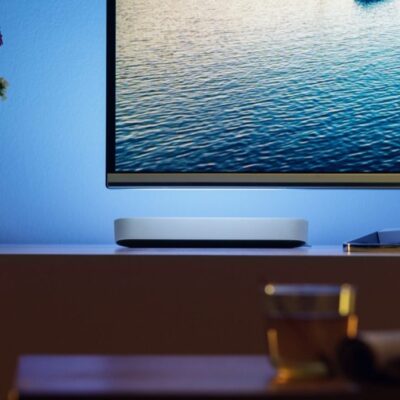
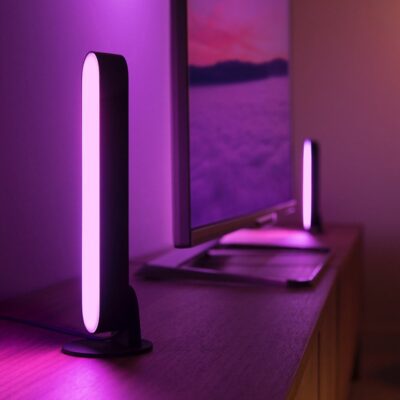
We’ve had to return one pair of Play Lightbars due to a whining sound when they were set to medium/high brightness. We have another pair, bought earlier, that doesn’t seem to suffer from this problem. (That pair does, however, sometimes make an occasional plastic expanding/contracting noise after they’ve been turned on or off respectively. This isn’t ideal as they’re currently in the bedroom, but we live with it. Thinking about it more, they may be doing this less than they used to now that they’ve been in use for a while.)
Thanks for running this useful blog, to which I subscribe via RSS. 🙂
Let’s try to be honest here, the reason is the use of low quality capacitor (RK100VZA) and the hissing is the sound of death. It is one of the most common cause of electronics premature death.
Apparently some skilled people managed to sort it by adding extra padding on it. Based on my tests pressing it from the top did increase the hissing but pressing it from a side did. seem to lower or eve stop the hissing. It should be also noted that the hissing appears when the load is bigger and likely only on some led colors. That is why many reported that it appears when the lights are 50-70% or more of their capacity.
The really bad news is that due to the way the PCB was made it seems very hard to swap this capacitor if dead.
It should be noted that this would not only invalidate the warranty but also add some safety warnings, like rendering your home insurance invalid in case of an electric fire caused by your DIY experiment.